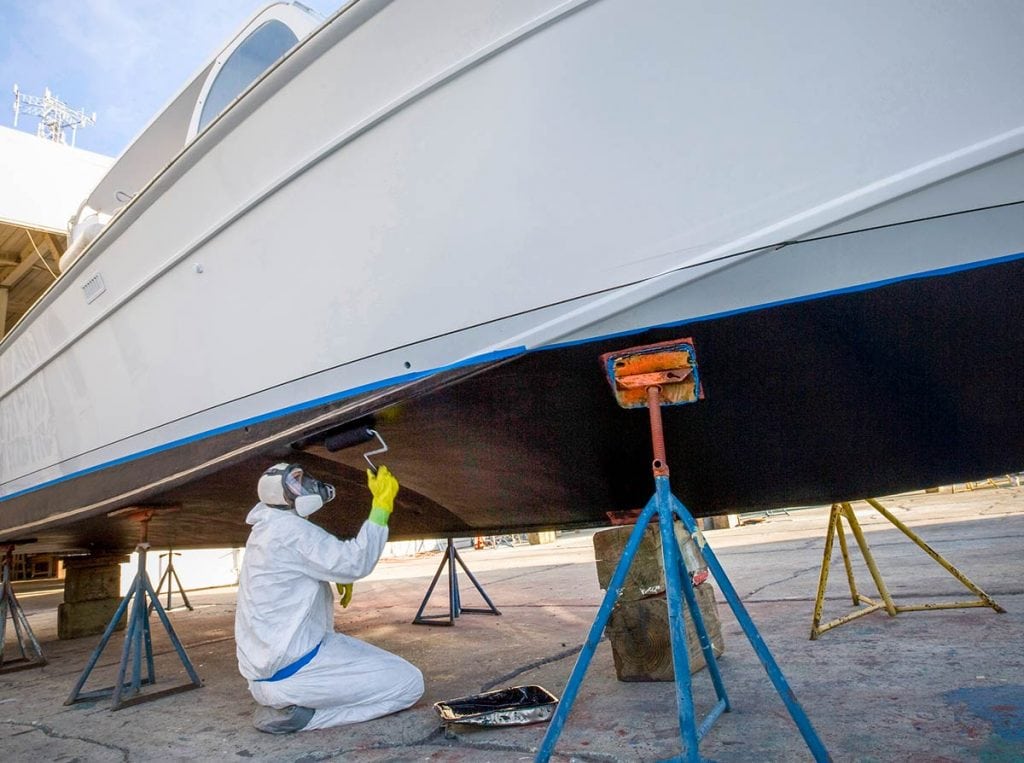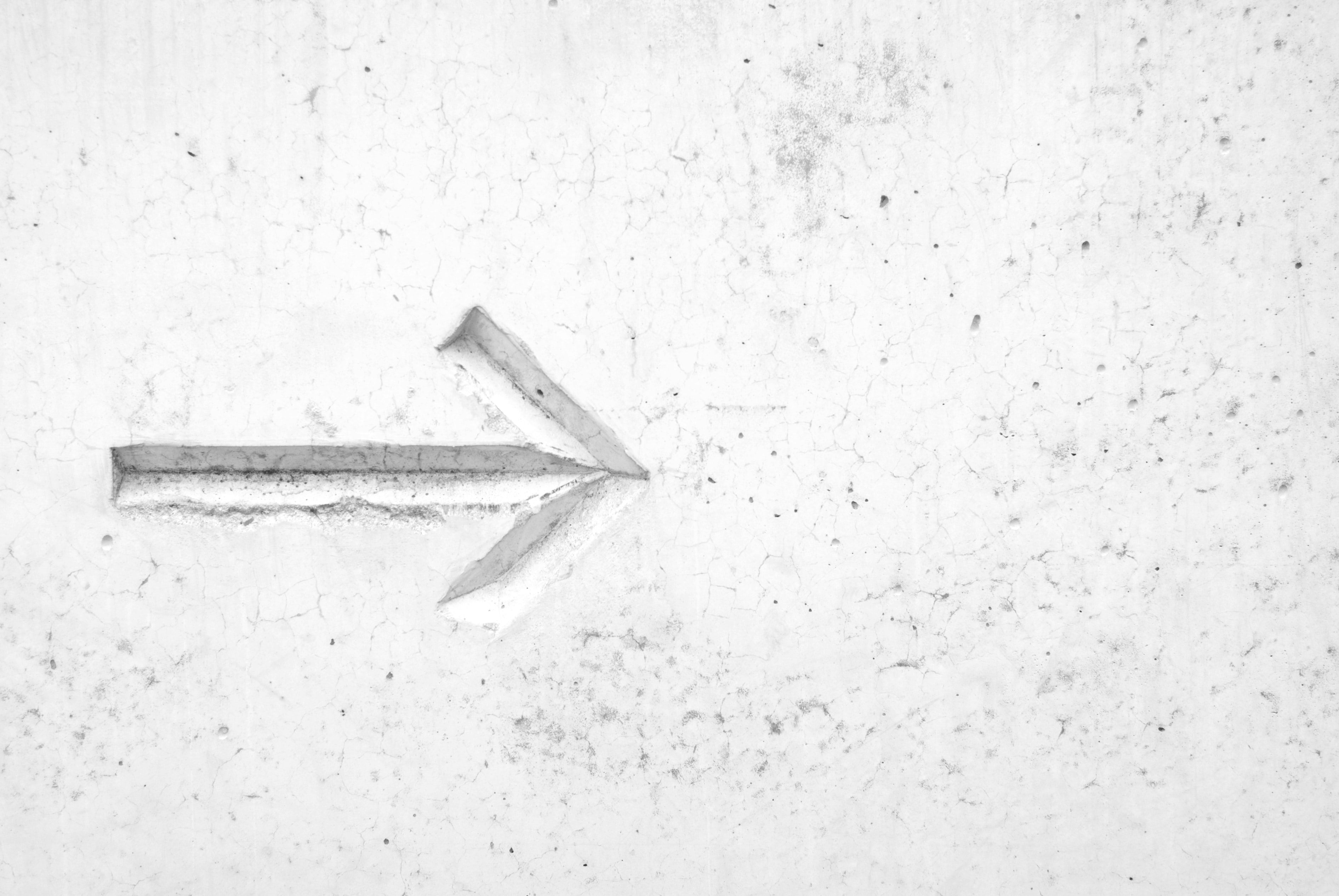THE TYPES OF ORGANISMS THAT GROW
Algae in water, especially salt water, can stick to the bottom of your boat and cause a slimy hull . The texture created by algae will pave the way for other organisms to latch onto the surface.
These organisms include barnacles, seaweed, sea-squirts, polychaete worms, zebra mussels, and more. Barnacles are tiny shellfish that form a crust on boat hulls, piers, rocks, and more. They can slow down a boat by up to 50%. Seaweed is a disruptive element to our natural ecosystem. It can also end up on the hull of your boat and cause damage. Sea squirts, or didemnum vexillum, can grow quickly on your hull, displaying a yellowish, spongy cover. It will feel leathery, not slimy. Polychaete worms can cause a calcium-carbonate structure on hulls, propellers, and rudders. Zebra mussels will attach to fiberglass, aluminum, wood, and steel. Veligers, or microscopic larvae, will enter the boat’s engine and reside in the cooling system until becoming full-grown zebra mussels.
Your boat’s hull may be more susceptible to a certain type, but each organism can build-up and cause damage.
---------------
WHAT’S IN BOTTOM PAINT?
Bottom paint is most commonly paired with other elements (biocides) to provide more protection. Traditionally, copper is used. The more copper in the paint, the more effective the paint will be. As you can imagine, a bottom paint containing more copper costs more. Before copper, boaters used tin as a biocide. Now, however, most marine applications have banned tin due to environmental factors. Recently, even copper has been shown to be an environmental pollutant. More and more eco-friendly paints are excluding copper in their bases.
---------------
DO YOU NEED BOTTOM PAINT?
Boaters that leave their vessel in the water for boating season or year-round, should most definitely reapply a layer of bottom paint. If your boat is stored out of the water on a trailer, lift, or dry storage facility, a coat of wax and consistent cleaning of the hull may serve as sufficient maintenance.
---------------
TYPES OF BOTTOM PAINT
The three classic groups of bottom paints are ablative, hard, and hybrid paints/
Ablative:
These self-polishing paints will gradually wash away a layer, releasing a fresh coat of biocide as your boat is exposed to water. With this constant wearing away, you are assured that there is no build-up of paint. This paint-type is less effective if your boat is idle for longer periods of time. All-in-all this self-cleaning feature can be very beneficial and require less maintenance, but may not be the best choice for faster boats, which may experience quicker paint loss.
Hard:
Hard modified epoxy paints form a resilient coating that will not wear away. It is composed of a copper biocide that will gradually remove a layer. This paint-type is a good choice for faster boats. However, once the copper is reduced, only the tough coating remains. Attempting to remove this coating can be difficult.
Hybrid:
Semi-hard, ablative paints are exactly what they sound like – a mix between hard and ablative paint. The hybrid version incorporates the benefits of each. It will coat a tough, but level surface that will help resist build-up; while also prolonging the degradation of paint, allowing the boat to maintain its speed for longer.
Picking a bottom paint will depend on your boat-type and how you plan to store the boat. Establishing a routine of restoring it will enhance the performance and maintain the value of your boat.




